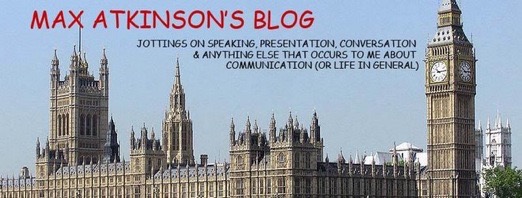Surprising, yes, but I don't know if 'return' is the right word for someone who left the Labour Party to form a new one (the SDP) that would be ruled by one-member-one-vote, only to ignore his own party's majority vote to merge with the Liberals in 1988.
Had he not done so, he would almost certainly have become leader of the new party, and would have spared Paddy Ashdown and the Liberal Democrats the disastrous (though temporary) consequences of continual backbiting from the Owenite rump SDP - not to mention the near-bankruptcy resulting from Lord Sainsbury's decision to divert his cash to the said rump (before bestowing it on the Labour Party).
Nor do I know if Owen's 'return' will include a speech at the Liberal Democrat conference next week. But I do know that, if it does, the audience shouldn't holding its breath for an inspiring performance.
Rhetorical Denial
Although David Owen was never a particularly brilliant orator, he was not only capable of using the occasional rhetorical technique, but also went in for what I've referred to elsewhere (see below) as 'rhetorical denial' (see below).
Dour though his delivery in the above clip (from an Ask the Alliance Rally in 1987) may be, he does at least manage to end it with a three part list.
Mark Pack reminds us of Owen's depiction of the SDP - with a rather neat alliterative contrast - as the 'tough but tender party'.
And he used another alliterative contrast at the start of the 1987 general election, telling us the 'reason not rhetoric will win this campaign.'
It didn't, of course, not least because Margaret Thatcher and Neil Kinnock were still making powerful speeches at large rallies during that particular campaign (see previous post) - unlike the Alliance, which had opted for a new style of Q-A campaigning.
Hopelessly boring and uninspiring though it may have been, the Q-A format has, alas, become the dominant form media coverage of political communication in the UK.
On that basis, Owen may well have been ahead of his time. But it remains to be seen whether or not his 'return' will do any good for the party he so vehemently refused to join.
Related Posts
